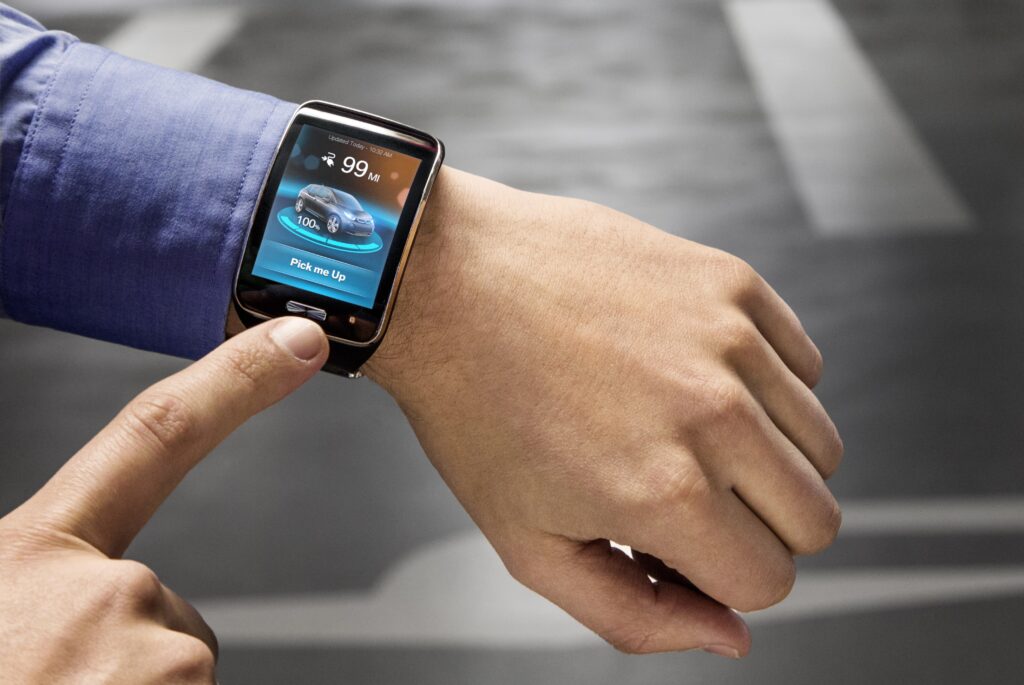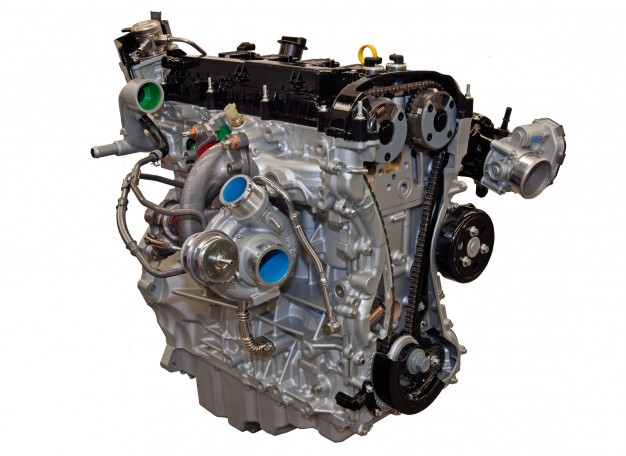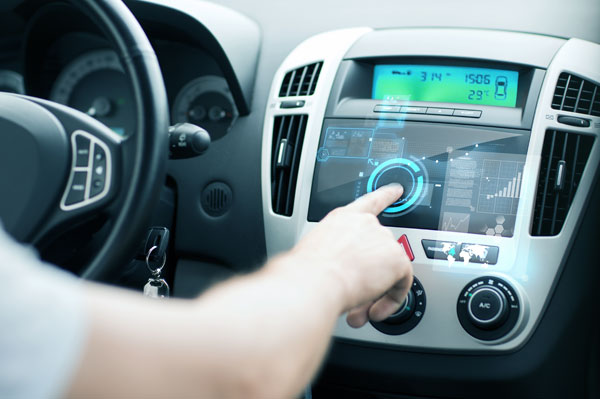At AET, we’re really passionate about turbocharging – but we understand that not everyone feels the same way, and that lots of people simply aren’t interested in the technical side of motoring.
To some, cars are a necessity, designed to take them from A to B, and they have no interest in how they work, as long as they are working properly – and there’s absolutely nothing wrong with that!
However, when things go wrong, having a little bit of knowledge can help to ensure that you get the right, cost-effective fix for your engine, and don’t have the wool pulled in front of your eyes by unscrupulous mechanics.
In this brief, introductory guide, we take a look at some of the ways you can tell whether your vehicle’s engine has a turbocharger fitted to it.
All in the name
One of the easiest ways of telling whether your engine is fitted with a turbocharger is by looking at the badges on your vehicle, as these will usually give you an idea as to whether or not it’s turbocharged.
Take a look at the badges on the rear of your vehicle, and look for the word “Turbo”, or the letter “T”, in conjunction with other letters, which is usually used to denote the word turbocharged (e.g. TDI, TSI, TFSI, TDCI).
However, it’s important to remember that there are exceptions to this rule (e.g. GTI, TT, GT), and it’s possible that a previous owner may have swapped out the badges for a different variant or model.
If you’re unsure as to what the letters on the badge of your vehicle mean, then a quick Google search will usually let you know.
Check your documents
If you’ve got your vehicle handbook, then you’ll find all the information about your vehicle’s engine in there – including whether it is fitted with a turbocharger.
If you can’t find your vehicle handbook, then checking online, either on your manufacturers website, or on sites like WhatCar can also help you to determine which model variant you’ve got, and whether your engine is turbocharged.
Under the bonnet
You can also tell whether your vehicle is turbocharged by opening the bonnet of your vehicle, and looking to see whether your engine is fitted with a turbocharger.
Look out for a distinctive conical shape and turbine (check on this site for plenty of pictures of turbochargers!), connected to the exhaust manifold (a series of pipes running into a single pipe, away from the engine) – this is a turbo.
Unfortunately, lots of modern engines have covers on them, meaning that it can be difficult to see the turbocharger itself. However, engine covers often have labels on them, letting you know the capacity (e.g. 1.6) and whether it is turbocharged (e.g. TDI, TSI).
Listen carefully
Turbocharged engines make a distinctive whining, or whistling sound, which is caused by the blades of the turbine inside the turbo spinning.
Whilst you probably won’t be able to tell at lower RPM levels, this sound gets louder at higher engine speeds, and depending on the model of the car, it can be quite noticeable.
How we can help
At AET, we’ve been working on turbocharged vehicles of all sizes and shapes since 1974!
If you’re still struggling to tell whether your vehicle is fitted with a turbocharger, or if your vehicle is suffering from any turbo related problems, please feel free to give one of our expert team members a call today on 01924 588 266.



